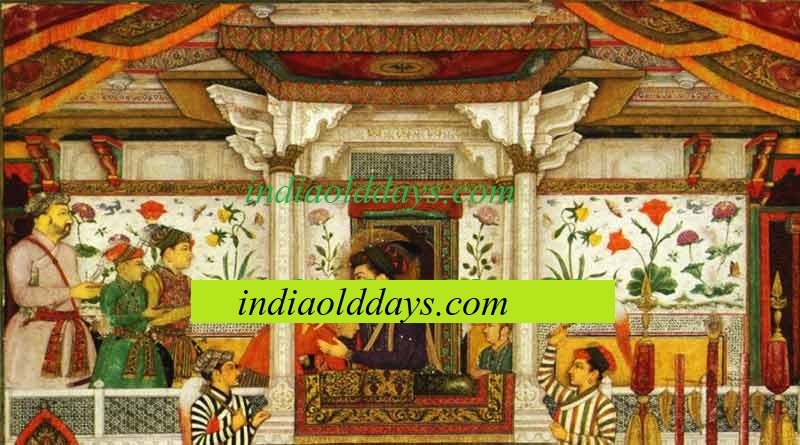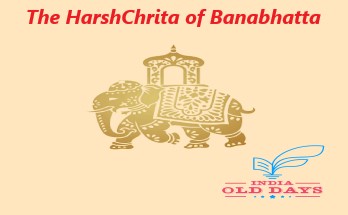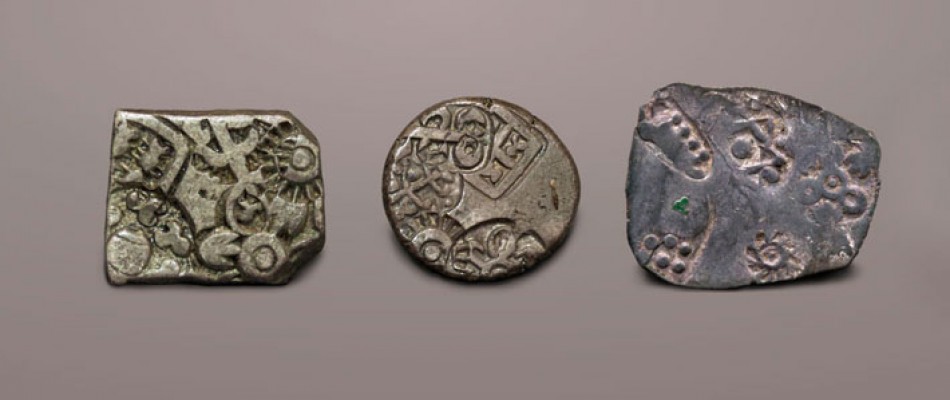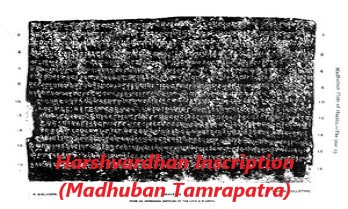Jahangir’s religious policy

Other Important Facts-
- South victory of Mughal emperor Jahangir (1605-1627)
- Important literary sources of medieval Indian history
- What were the major events of Akbar’s period?
- Explain the Rajput policy of Akbar
Jahangir was not religiously intolerant. In 1612 AD For the first time, Rakshabandhan celebrated festival and donated Rakhi on his wrist. Jahangir had allowed gambling on Diwali day. Jahangir also gave gifts to the Brahmins and other temples like Akbar. Which is confirmed by the available documents in the temples of the Chaitanya community of Vrindavan. Apart from this, he continued the tradition of Cow slaughter ban issued by Akbar.
- Jahangir appointed a Hindu named Shrikant as the judge of the Hindus so that he could feel comfortable and he should not be pleased with the mercy of a Muslim.
- Jahangir initiated a new practice that according to which men wear earrings and wearing precious gems becomes fashionable.
Jahangir gave shelter to Surdas and under the patronage of the Saurasagara was composed.
But some incidents prove that Jahangir had once taken the side of Islam twice. like-
- Rajouri punished the Hindus because they married Muslim girls and made them Hindus.
- After conquering the fort of Kanganga, he celebrated by cutting the cow there.
He had sculpted idols of the Varah temple in Ajmer, in a pond. - The Portuguese had closed all the churches of the state at the time of the war.
- On one occasion, he was ordered to go out of Gujarat after being displeased with the Jains.
Other events-
- Jahangir first understood the importance of Marathas and included them in the Mughal rich class.
- Jahangir was most influenced by Christianity and he arranged for the education of his grandson in his care.
- Jahangir’s biggest strength was his nobility, his biggest obstacle was to drink too much alcohol. Sadly, his wife Manabai (Shahavigam) had committed suicide by drinking poison.
- In the Mughal period, the beginning of the rebellion against father in the period of father’s rule, a wave started from the time of Jahangir.
- Jahangir for his beloved Anarkali in 1615 AD. In Lahore, a beautiful tomb was built and on which he wrote a romantic record – “If I could see the face of my beloved once again, then thank Allah for the Day of Doom.”
- Hawkins came during the rule of Jahangir. It was the representative of the East India Company, from 1608 to 1611 AD. Till then was in India.
- Sir Thomas Row, who was the emissary of James the Emperor, from 1615 to 1619 AD. Till then was in India.
- Jahangir gave the Hawkins 4000 to the manasaba.
Noorjahan group-
The most important event related to NoorJahan was the Zunta group made by him. Which included his father Atmaduddaula, Mata Asmat Begum, Bhai Asaf Khan and Shahjada Khurram.
Information about the birth and early life of Noorjahan, written by Muamatid Khan – Iqbalnama -e-Jahangiri. His childhood name was Mehrunnisa.
Noor Jahan’s father Giusseg (Jahangir had given the title of Atmaduddaula) and mother Asmat Begum lived in Persia, who had come to the Mughal court during the time of Akbar.
Marriage of Noor Jahan and Jahangir 1611 Happened in. As a result of the marriage, he was given the title of Noorjahan.
Nur Jahan was the widow of Akiuli Khan (Sher Afgan). According to some historians Jahangir had died.
The main character of the character of Noorjahan – was his infinite ambition. Nur Jahan had a glimpse of Jahangir. His name was also included on the coins with the king. Apart from this, the imperial orders were also signed with the king.
Noorjahan also made elegant changes in make-up and toiletry.
Noor, who spent his last life in Lahore, as a pensioner for two lakh rupees per year and in 1645 AD. She died in.
Reference : https://www.indiaolddays.com/





